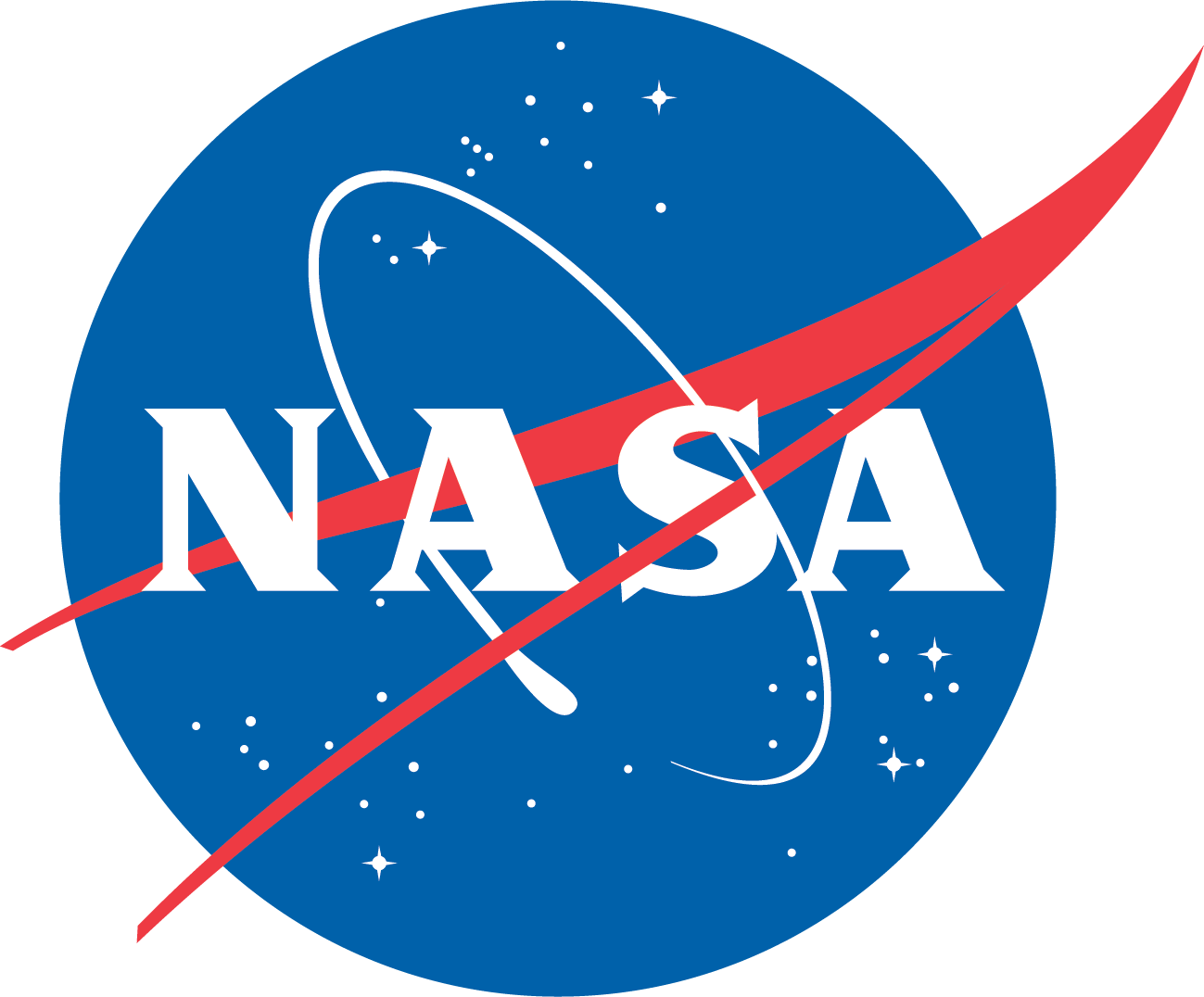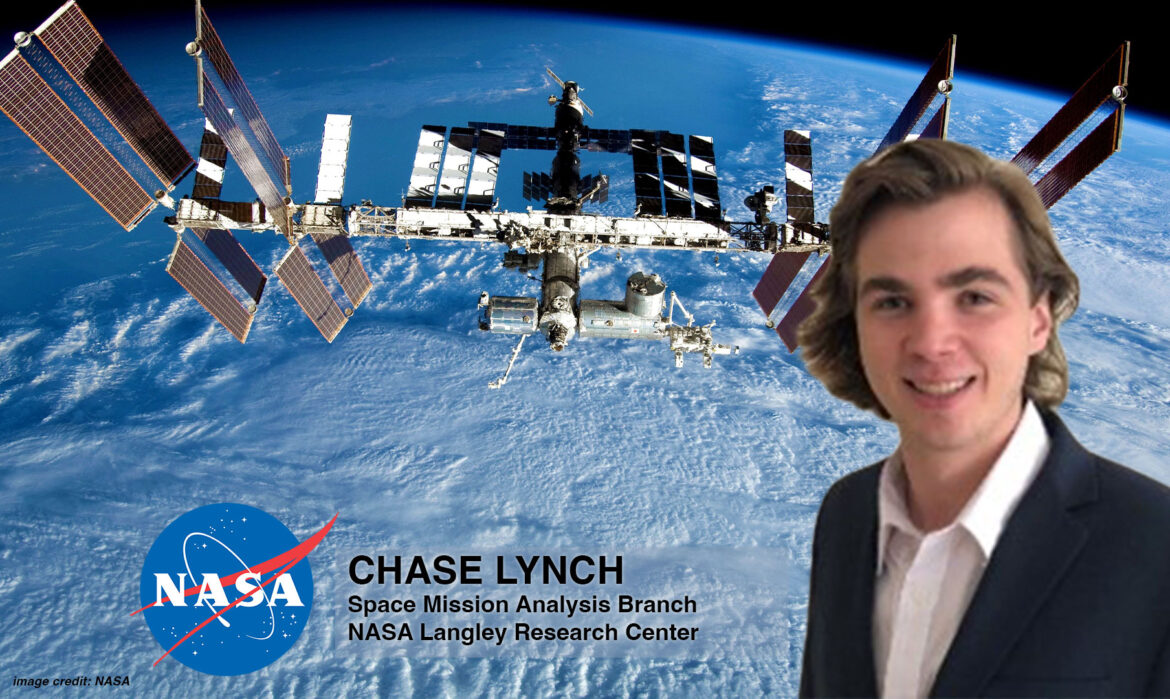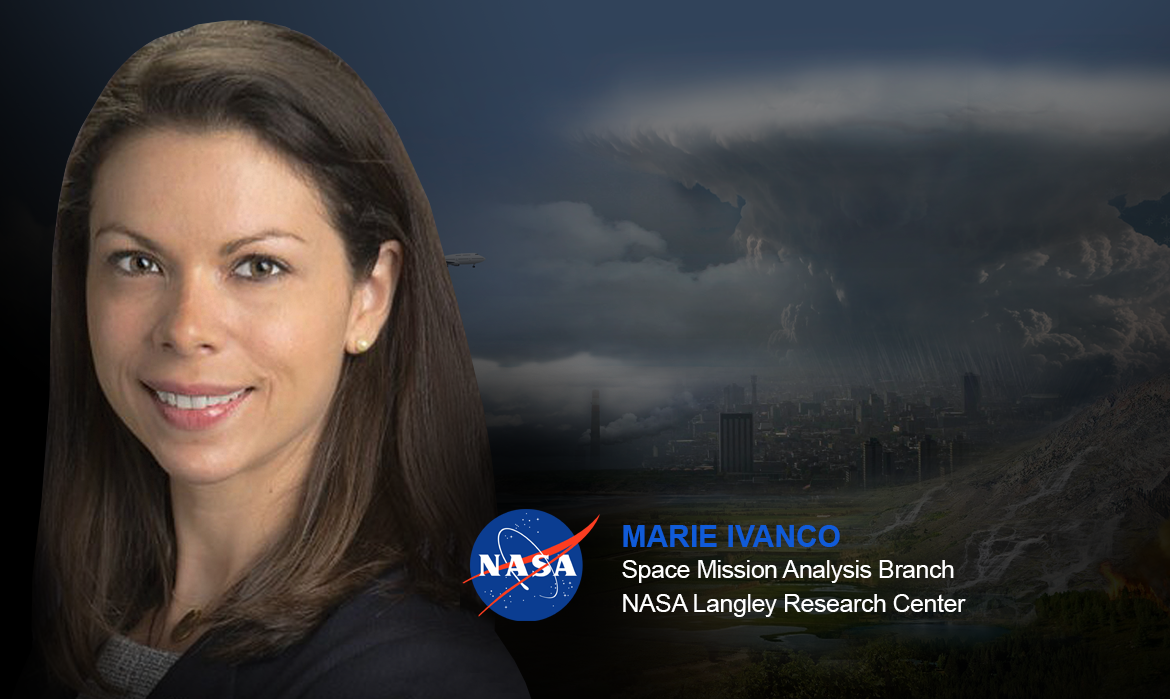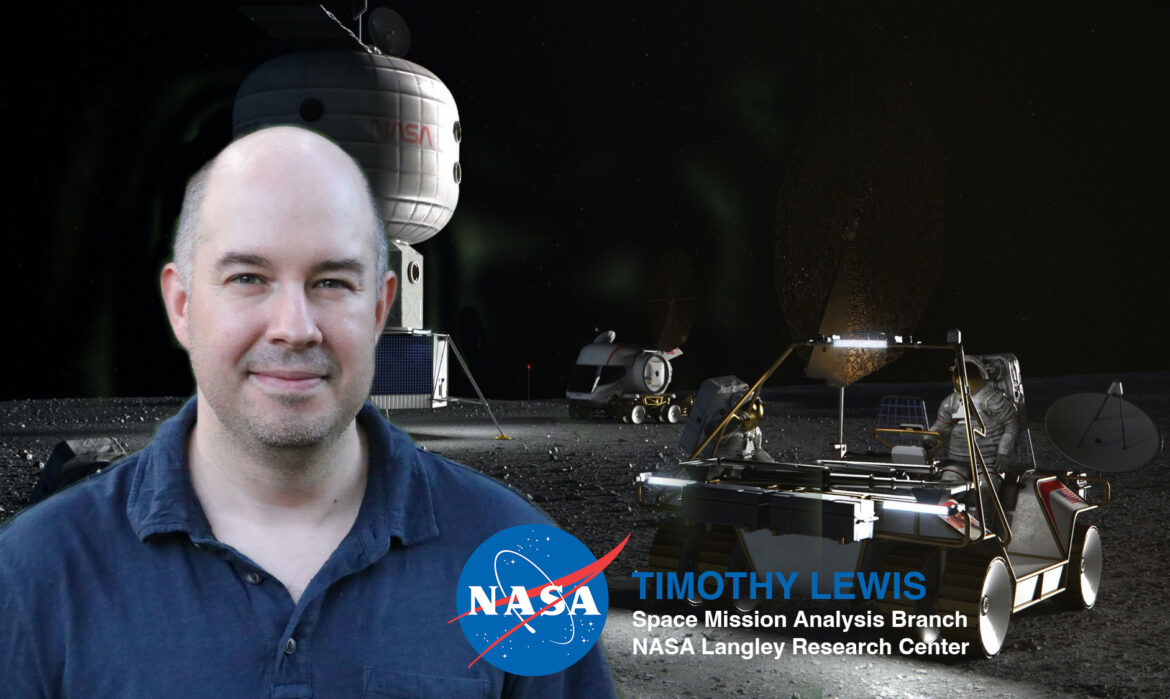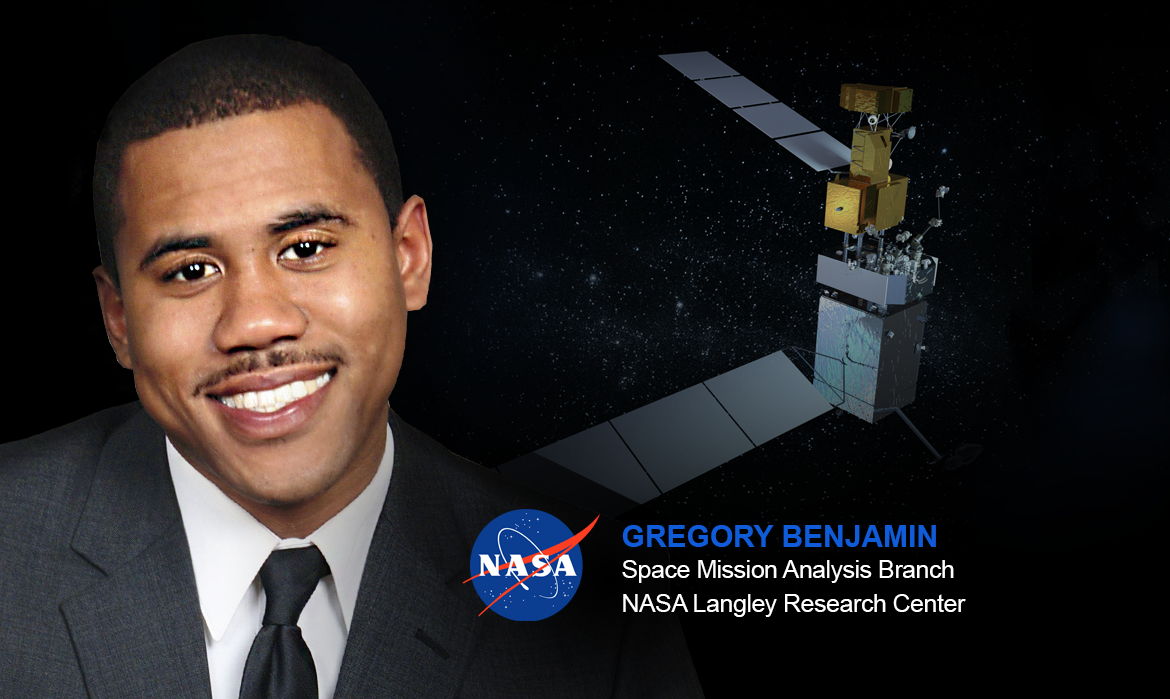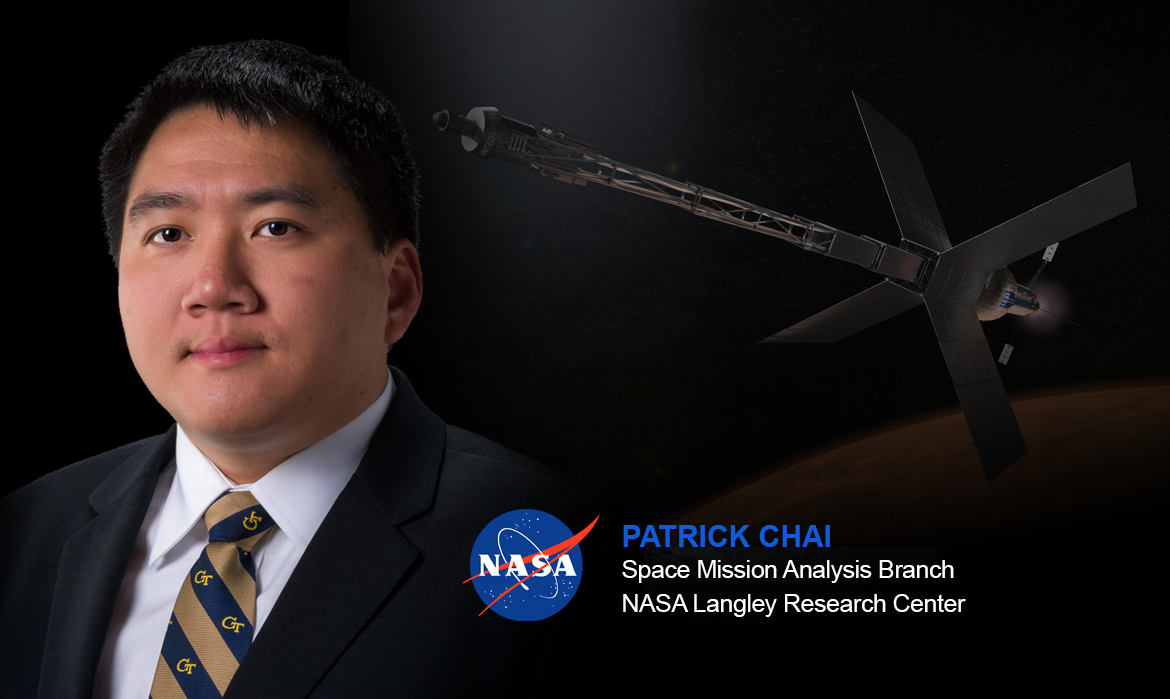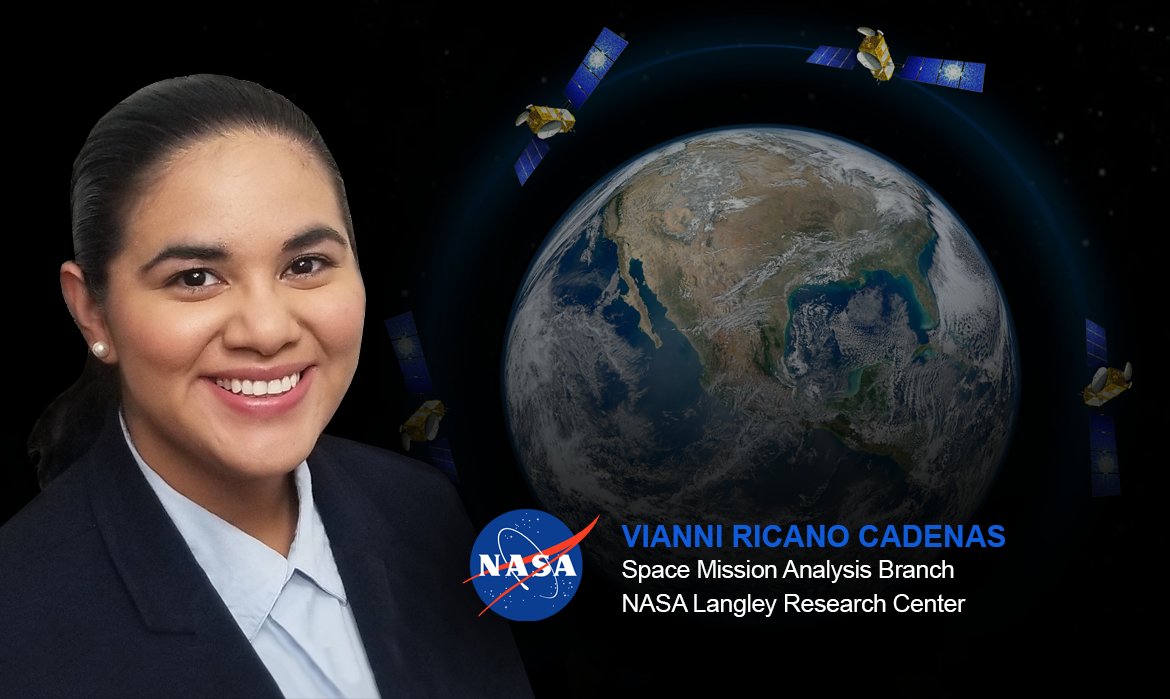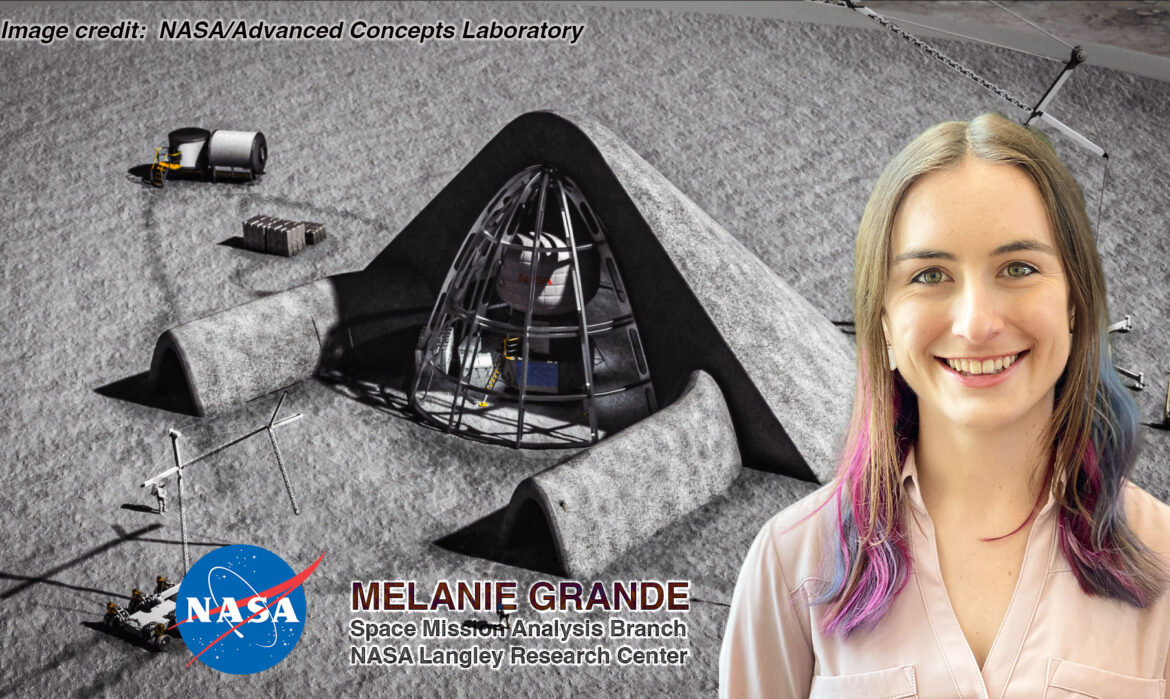Capability Integration from the Moon to Mars, featuring Eric McVay
One of NASA’s strategic goals is to return humans to the Moon, and then get them to Mars. Eric McVay’s part in this mission is to facilitate collaboration and provide capability integration; in other words, making sure the thousands of people working on this goal are aligned and moving in the same direction.
As an aerospace engineer in the Space Mission Analysis Branch (SMAB) at NASA’s Langley Research Center, McVay contributes to assessments of the capabilities needed for human exploration. He and his team answer key questions to enable NASA’s Moon to Mars plans: What can we do currently? What do we need to be able to do? How do we close the gap between those two? Part of McVay’s role is to identify these capabilities, gaps, and gap closure strategies – which impacts every system and element in the Moon to Mars campaign.
McVay also provides coordination across NASA by working with technologists doing hands-on development, campaign architects, and resource managers at the project and program levels across NASA’s mission directorates and centers. His integrated perspective helps support better mechanisms for NASA’s capability development. For McVay, that integrator mindset is a valuable tool for someone doing his line of work.

“NASA is a team sport. For NASA to be successful, we need to be collaborating and integrating between each echelon and across every level.”
“I am a big integration person. My background in the Army gives me that ability to understand how different objectives or goals are nested in the same strategic vision.”
As a result of working on capability integration, McVay has gained an appreciation for the people that are working on these complex problems. Within his role, he has had the opportunity to interface with a host of different people, personalities, and offices. “It is cool to be a part of and witness the caliber of folks that are working these incredibly difficult integrated problems.”

As McVay continues his capability integration work, he and his team are better able to highlight capabilities that enable and enhance architectures and campaigns. Additionally, they will be able to determine the disconnects in having the capabilities ready on time to support human exploration of the moon, Mars, and beyond.
“For NASA to be successful, we need to be collaborating and integrating between each echelon and across every level. I’ve seen a lot of incredible efforts at different levels that I continuously integrate between to make sure we are all aligned and being as efficient and effective as possible.”
Author: Jocelyn Cao | Contact: Emily Judd
Published: August 2022

